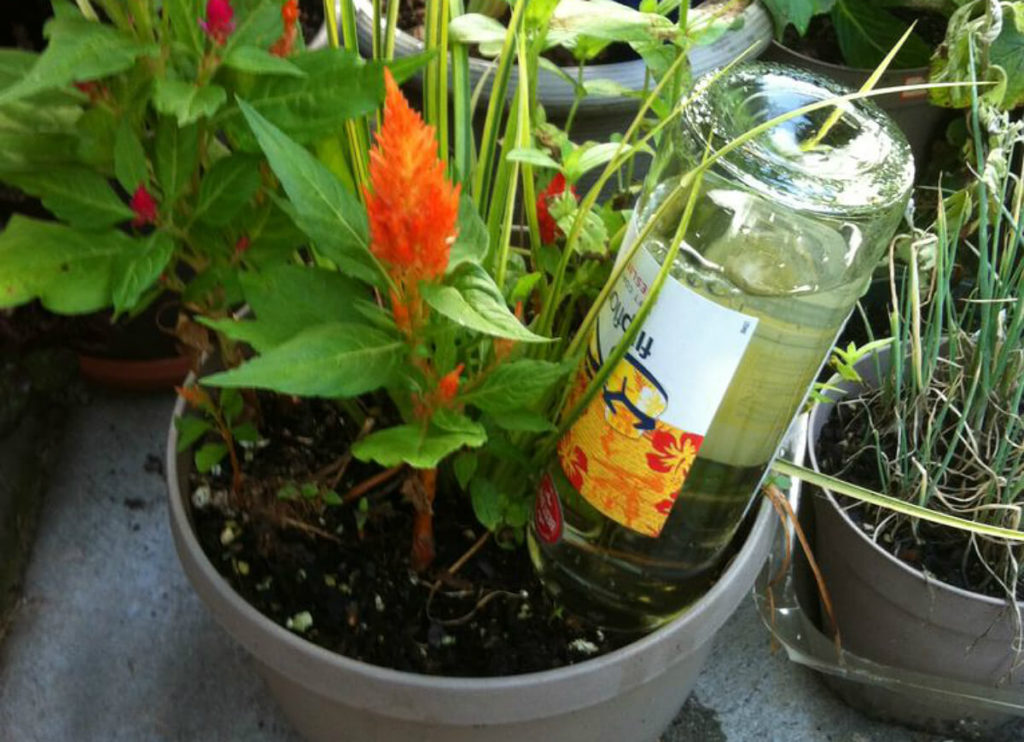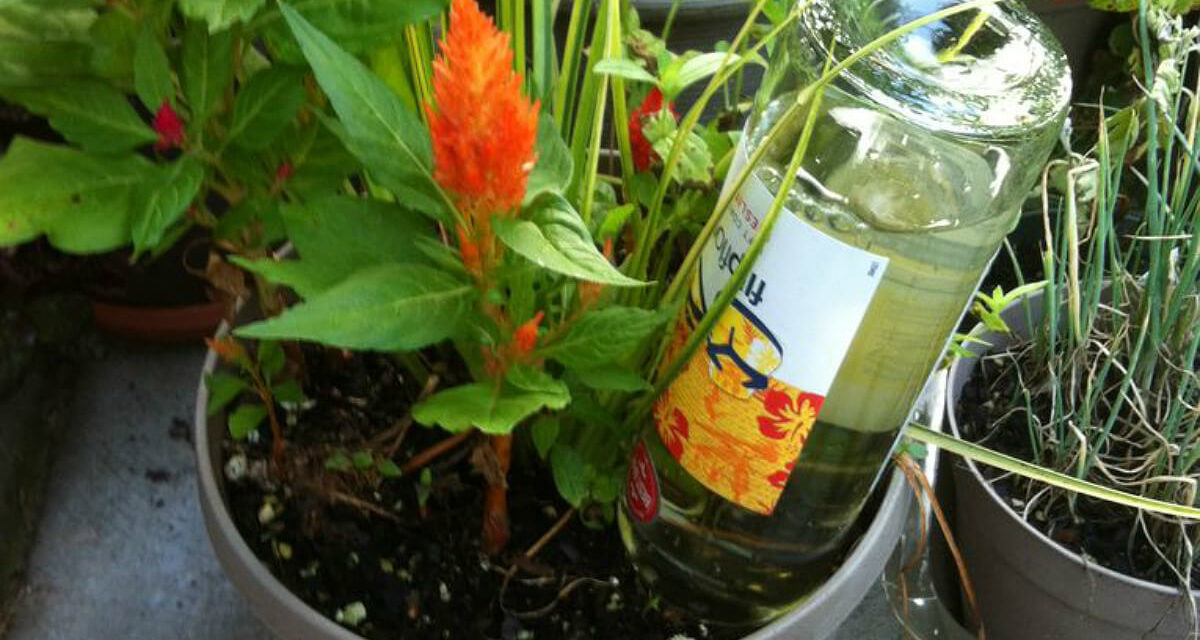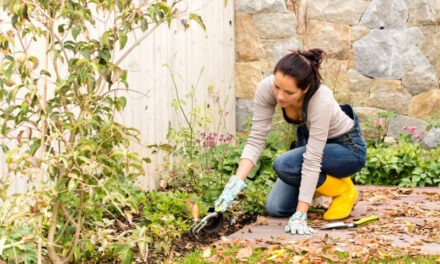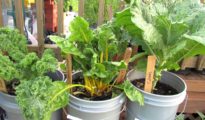Watering may seem like the most straightforward aspect of plant care, but it’s an art that many struggle to master. Too much or too little water can spell disaster for your beloved plants, whether they're indoor houseplants or part of your outdoor garden. So, how do you strike the right balance between under-watering and over-watering? The answer lies in understanding the nuances of your plants' needs, environmental factors, and, of course, timing. This guide aims to navigate you through the intricate art of watering, helping you to ensure that your plants are always at their healthiest.

Why Is Water So Important?
Before we get into the nitty-gritty, let's explore why water is essential for plant growth. Water serves several critical functions:
- Nutrient Absorption: Water transports essential nutrients from the soil to the plant.
- Photosynthesis: The process by which plants convert light into energy cannot occur without water.
- Transpiration: This is the process of water movement through a plant, which aids in nutrient uptake and provides the energy required for growth.
- Temperature Regulation: Through transpiration, plants can cool down when temperatures are high.
Understanding these functions can help you appreciate the delicate balancing act that watering entails.
The Importance of Soil
Your soil type plays a significant role in water retention and drainage. Heavy, clay-like soils retain moisture for longer periods but can become waterlogged, leading to root rot. In contrast, sandy soils drain quickly but may not hold enough moisture for plant roots to absorb what they need.
You can usually determine soil type with a simple “finger test.” Insert your finger up to one inch into the soil. If the soil feels dry, it’s time to water. If it feels moist, you can probably wait.
Plant Varieties and Water Needs
Different types of plants require varying amounts of water. Succulents and cacti are adapted to arid environments and need less frequent watering. Tropical plants, such as ferns and orchids, require more moisture. When adopting a new plant, research its natural habitat and try to mimic those conditions as closely as possible.
Indoor Plants
Indoor plants are generally easier to manage as you control their environment. However, be aware that heating or air conditioning can dry out the air, affecting soil moisture levels. Houseplants typically require watering every 1-2 weeks, but this can vary greatly.
Outdoor Plants
Outdoor plants are more challenging due to fluctuating weather conditions. They usually need more frequent watering, especially during hot, dry summers. Some garden plants may require daily watering, particularly if they are in full sunlight most of the day.
Signs of Incorrect Watering
Here are some signals that you may be watering your plants incorrectly:
- Yellow Leaves: Over-watering
- Brown, Crispy Leaves: Under-watering
- Wilting: Could be either over-watering or under-watering depending on other health indicators.
- Root Rot: Over-watering and poor drainage
- Stunted Growth: Generally under-watering, but can also be due to over-watering
Techniques for Effective Watering
- Deep Watering: This method involves soaking the soil thoroughly, allowing water to reach deep root zones. Deep watering encourages plants to develop deeper root systems, making them more resilient during dry periods.
- Drip Irrigation: This method delivers water directly to each plant's root zone, minimizing water waste. It is particularly useful for outdoor gardens.
- Watering Globes and Self-Watering Planters: For indoor plants, these tools can help maintain consistent soil moisture levels.
- Mulching: Mulch can help retain soil moisture and reduce the frequency of watering required.
How Often and How Much?
Unfortunately, there's no one-size-fits-all answer. Factors like weather, soil type, and plant variety all come into play. A good rule of thumb for most plants is to water when the top inch of soil is dry. Outdoor plants generally require more water than indoor plants, and actively growing plants need more water than those that are dormant.
Here’s a general guide for some common plants:
- Succulents: Water when the soil is completely dry. Typically every 2-4 weeks.
- Orchids: Keep consistently moist but not waterlogged. Water every 1-2 weeks.
- Tomatoes: Require deep watering every 2-3 days when fruiting.
- Lawn Grass: Generally requires 1-1.5 inches of water per week, either from rainfall or irrigation.
Remember, these are just guidelines. Always adjust your watering schedule according to your specific conditions. The art of watering is a lifelong journey of understanding your plants and the environment they thrive in. The key to mastering this art is observation. Pay attention to your plants' leaves, the condition of the soil, and even the weather forecast. With some time and experience, you'll be able to “read” your plants' needs, ensuring they not only survive but thrive.
The Role of Potting Mixes in Watering
Different potting mixes cater to the varying needs of plants. For instance:
- Succulent Mix: This type of mix is fast-draining, containing larger particles like sand and perlite. It helps prevent the roots of succulents from sitting in water for extended periods.
- Orchid Mix: Orchids prefer a mix with large particles, often containing bark or coconut coir, that allows for superior airflow and avoids root rot.
By understanding and choosing the right mix, you can ensure that water retention and drainage match the needs of your specific plant.
The Time of Day Matters
Morning Watering: It's often recommended to water plants in the early morning before the sun is strong. This allows water to reach the roots without much evaporation and ensures that the plant is well-hydrated during the hottest part of the day.
Evening Watering: If you missed the morning, late afternoon or early evening is the next best option. However, ensure the foliage has time to dry before night to avoid fungal diseases.
Tools for Accurate Watering
- Moisture Meter: A handy device that can be inserted into the soil to give a reading of moisture levels. This tool is especially useful for larger pots where the finger test might not be effective.
- Rain Gauge: For outdoor plants, a rain gauge can help you keep track of how much natural water your plants are getting, so you can adjust your watering routine accordingly.
Seasonal Adjustments
Spring: As plants come out of their winter dormancy, they’ll start to require more water. This is also typically a season of growth, so watch out for signs of increased water consumption.
Summer: The most challenging season for many plants due to high temperatures and increased light hours. Plants might need frequent watering, especially those in pots.
Autumn: As temperatures drop, so do plants' water requirements. Begin tapering off the watering frequency.
Winter: Many plants go dormant or semi-dormant during the winter, significantly reducing their water needs. Over-watering during this period can be detrimental.
Effects of Over-Watering vs. Under-Watering
Over-Watering: Contrary to popular belief, more plants die from over-watering than under-watering. Continuously soggy soil can lead to root rot, a deadly plant disease. Signs of over-watering include yellowing leaves, a moldy or algae-covered soil surface, and a stagnant water smell from the soil.
Under-Watering: This deprives plants of the necessary moisture to carry out their metabolic processes. Signs include drooping leaves, stunted growth, dry and brittle leaves, and in extreme cases, leaf drop.
Adapting to Your Environment
Understanding your environment plays a pivotal role in mastering the art of watering. If you live in a humid region, the water needs of your plants might be significantly different from those living in arid conditions. For indoor plants, factors like heating, air conditioning, and even the material of your pots (plastic vs. terracotta, for example) can influence how often and how much you should water.
Watering is more than just a routine; it's a dialogue between you and your plants. By being attentive, adapting to changing conditions, and using the tools and knowledge at your disposal, you can cultivate a thriving garden and indoor sanctuary. The key is to remember that every plant is unique, and its water needs will vary based on a myriad of factors. Keep observing, keep learning, and most importantly, keep watering!



















